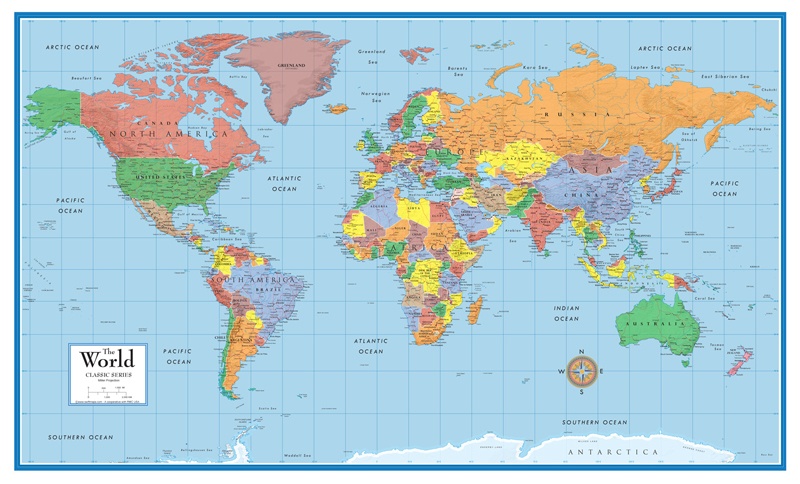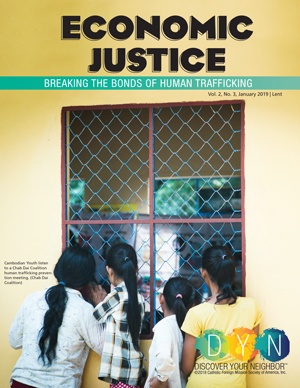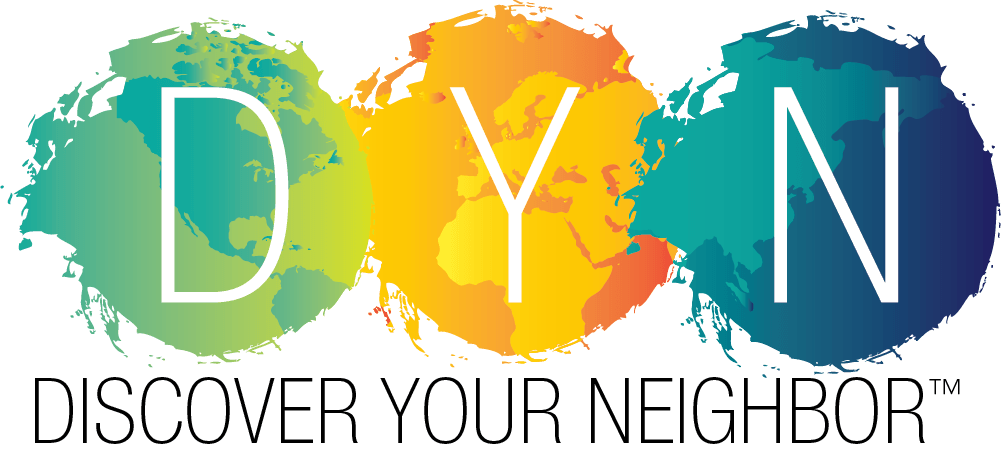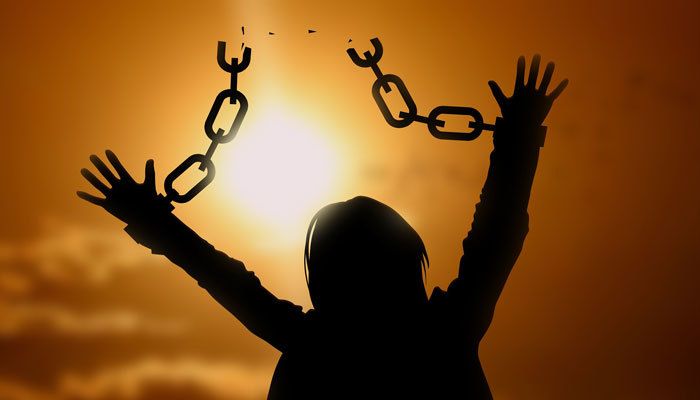IDENTIFY THE SUPPLY CHAIN:

TASK each person with locating the source of one thing they own or use, which could include clothing or a laptop, cell phone, etc.
RESEARCH where that item was made. Do this by locating the label or doing a google search on where your laptop/cell phone parts were made. Use the website or apps found on the USCCB web page on “How to Help Fight Human Trafficking” to track products and companies. MARK on the map all the places where your item was made.
COMPARE on the map the areas of the world from which the class has purchased most of their items with where the supply chain is using forced labor. You can find this information on the website or apps listed on the web page from the USCCB “How to Help Fight Human Trafficking.”
IN SMALL GROUPS DISCUSS with the information we have learned, how can we break the chain of trafficking by changing what we buy? How do we care for the people living in the countries affected by my purchasing habits? Have the groups come up with 3-5 examples, which they will present to the class. Help break the chains of trafficking by being aware of what you buy. Before you buy fish for your Friday Lenten meal, check out this app about places where you can purchase fish that has not been caught by people in forced labor.

ECONOMIC JUSTICE
EDUCATOR’S GUIDE
Get DYN’s Educator Guide for
Middle School and K – 5
ACCESS NOW


Recent Comments